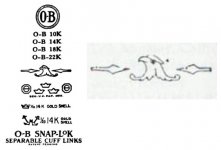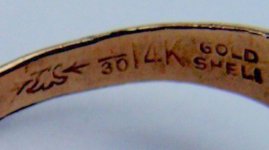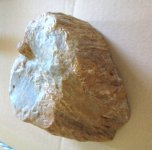Carolinabusguy
Full Member
- Mar 5, 2020
- 210
- 1,193
- Detector(s) used
- Minelab Equinox 800, Garrett AT Pro
- Primary Interest:
- All Treasure Hunting
Good evening everyone
Found a 14k gold shelled ring today. Not pure gold but still always exciting to see them
Pop up. The ring has a very unique looking hallmark ? Looks like a wolf head ? Thought if I could track it down might help with IDing the age Thanks everyone and keep swinging
Found a 14k gold shelled ring today. Not pure gold but still always exciting to see them
Pop up. The ring has a very unique looking hallmark ? Looks like a wolf head ? Thought if I could track it down might help with IDing the age Thanks everyone and keep swinging
Attachments
-
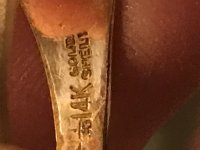 3FB8A8E5-2198-463B-9900-CCF37EB329CE.jpeg377.4 KB · Views: 170
3FB8A8E5-2198-463B-9900-CCF37EB329CE.jpeg377.4 KB · Views: 170 -
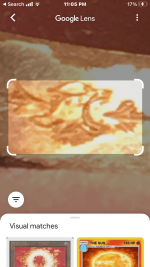 043AAF22-C3C4-486F-A5D5-86122757BC16.png762.8 KB · Views: 124
043AAF22-C3C4-486F-A5D5-86122757BC16.png762.8 KB · Views: 124 -
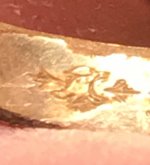 1D6DDFCD-09EC-4CC1-A84E-094D3E3ABCDA.jpeg114.6 KB · Views: 208
1D6DDFCD-09EC-4CC1-A84E-094D3E3ABCDA.jpeg114.6 KB · Views: 208 -
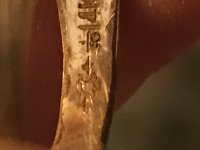 D8AFEB24-56B2-4B2D-B7A1-058540C04146.jpeg323.4 KB · Views: 214
D8AFEB24-56B2-4B2D-B7A1-058540C04146.jpeg323.4 KB · Views: 214 -
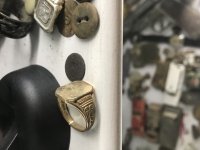 547025FB-7AD8-44B3-B78B-D3A21C32B001.jpeg887.8 KB · Views: 100
547025FB-7AD8-44B3-B78B-D3A21C32B001.jpeg887.8 KB · Views: 100



